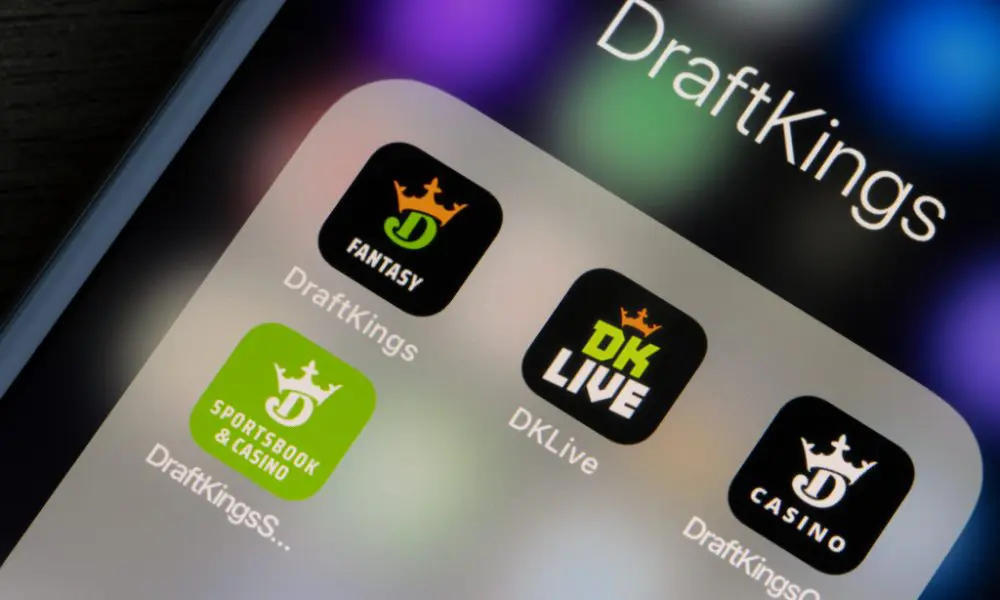DraftKings Inc (NASDAQ: DKNG) released its Q1 2025 earnings presentation on May 8. The company reported strong first-quarter results. This is while reducing its full-year outlook because of unfavorable sports betting outcomes.

The sports betting and iGaming operator saw its shares rise by 1.67% in pre-market trading on Thursday. The stock reached $35.94 following the earnings release.
DraftKings reported strong year-over-year growth, with revenue rising 19.9% to $1.41 billion, up from $1.18 billion in Q1 2024. Adjusted EBITDA surged to $103 million, a 368% increase from $22 million in the same quarter last year.
The company ascribed these strong results to numerous key factors. These include a 16% year-over-year increase in Sportsbook handle. This reflects an improved structural sportsbook hold percentage of 10.4%. It also includes reduced promotional spending as a percentage of gross gaming revenue.
DraftKings reached 10.4 million unique customers in the first quarter of the year. The customer base has continued to grow steadily, maintaining an upward trend since 2017.
The company’s Sportsbook segment delivered particularly strong performance in the first quarter. Handle reached $13.88 billion, while revenue climbed to $882 million. It also maintained a net revenue margin of 6.4%.
On the other hand, the iGaming segment continued its steady growth, generating $423 million in revenue in the first quarter. This reflects its consistent upward trajectory.
DraftKings revised its full-year 2025 guidance downward, in spite of the strong quarterly performance. This is mainly because of customer-friendly sports outcomes. The company now expects full-year revenue of $6.3 billion, down from its earlier forecast of $6.45 billion. It also lowered its adjusted EBITDA outlook to $850 million, down from $950 million.
A key factor behind the guidance reduction was the unprecedented success of higher-seeded teams in the NCAA Men’s Basketball Tournament. This year, higher seeds won 82% of the time — the highest win percentage on record. This is well above the historical median of 71%.


